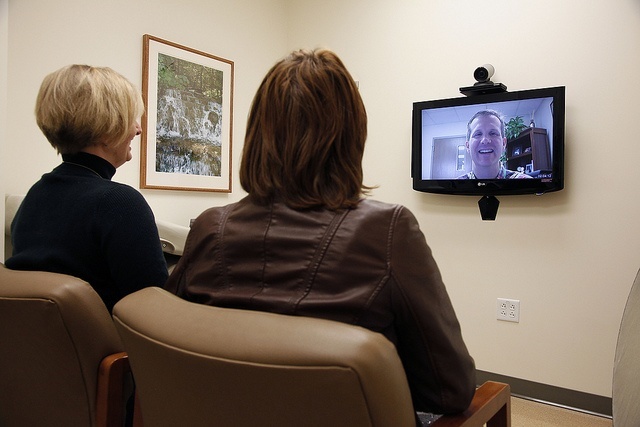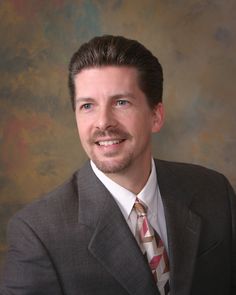

At Mercy Health, our promise to the community we serve is to make lives better – mind, body and spirit – and to genuinely enjoy being of service while making healthcare easier. One way we’re accomplishing this is through telehealth initiatives.
Telehealth represents the biggest entry point for providers like ours to manage the population, particularly the baby boomer and older generations, as the physician shortage looms and care between visits becomes increasingly important. In 2029, when all of the boomers will be 65 years and over, more than 20 percent of the total U.S. population will be over the age of 65.
As Roeen Roashan of IHS Technology recently put it, “Amid rising expenses, an aging population and an increasing prevalence of chronic diseases, the healthcare industry must change the way it operates. Telehealth represents an attractive solution to these challenges, increasing the quality of care while reducing overall healthcare expenditures.”
According to a recent Forbes article, the consumer version of “telehealth” is both easy to imagine and easy to use. Faced with a non-emergency healthcare event or condition, a consumer uses a smartphone, tablet or desktop connection to engage clinical care in real‒time. The cost is relatively affordable (even outside of insurance) and it saves an inconvenient trip to either a walk‒in clinic or local urgent care. It’s the video equivalent of “1‒800‒doctor” or the nursing call center. It’s an idea, a concept, that’s increasingly attractive to healthcare organizations of all sizes.
The numbers tell the tale, with the telehealth market slated to grow from $17.8 billion in 2014 at an 18.4 percent compound annual growth rate until the end of the decade, as predicted in a Research and Markets report.
The Three-Legged Stool: More Than Just Technology
The technology that now enables the telehealth revolution is just one part of a three-legged stool that also includes improving access to healthcare and managing reimbursement issues.
Technology may be the easiest aspect to implement, but it’s not without its challenges. What happens when the patient has trouble using their device? Who do they contact? Is the hospital’s help desk equipped to provide the support they need? Does the patient’s wireless network support high speed communication?
To truly succeed with telehealth, it’s important that it be built upon a stool that’s both efficient and effective for clinicians and their patients. That’s why my vision is to see patients “addicted” to their primary care providers. I phrase it that way because we really want patients to receive care from the providers who know them best, have full access to their medical records and already trust on a personal level.
At Mercy Health, we know there are areas in our communities where there’s a need for more providers, particularly specialists. A good example is with dermatology and mental health, two specialties notoriously underserved throughout the country. How can we leverage technology to address the needs of patients who need these services? The answer again: telehealth.
To make this happen, physicians need to have a reimbursement model for telehealth that allows them to get paid in the same way as a face-to-face visit in the office. Only then will consumers be incentivized to think of their own primary care physicians first for care instead of an online independent practitioner option. Why can’t they be one and the same?
